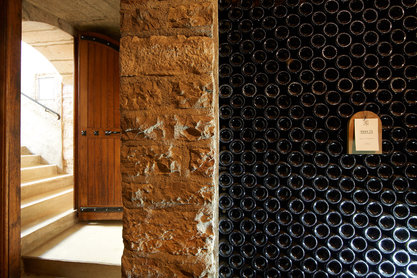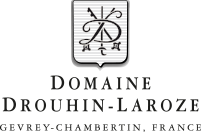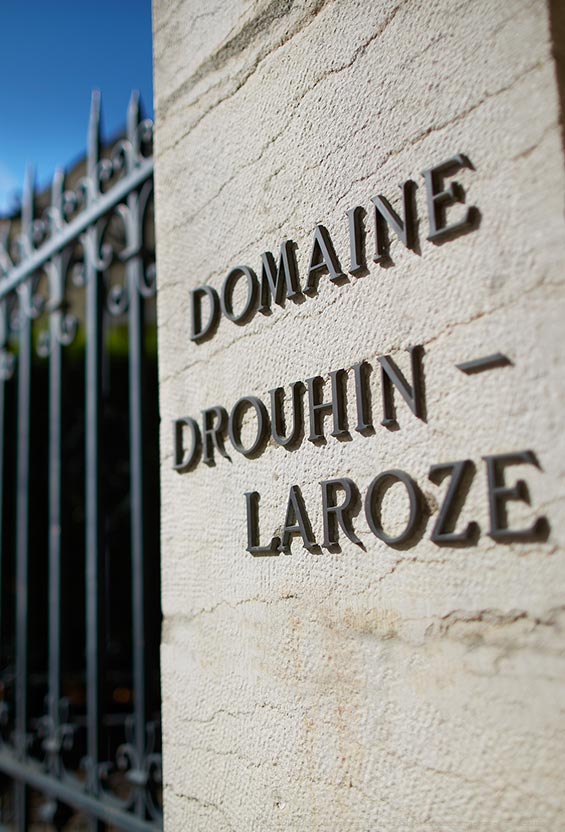
About the Climate 2011
Annual climate references
Budburst: April 5
Flowering: May 23
Start of veraison: July 15
Harvest: September 1
Autumn/Winter 2010-2011
Average temperatures were lower by 1.5° C from October to March compared to normal values. Those for the month of December (-3.3° C on average) explained most of this gap. On the other hand, average temperatures at the start of January appeared to be higher than usual.
Rainfall was balanced compared with normal values, with +30% during the last 3 months of 2010 and -30% in the first 3 months of 2011.
Sunshine was in direct relation to rainfall, with a deficit of 290 hours in the 3 last months of 2010 and a surplus of 120 hours during the first 3 months of 2011, producing a sunshine deficit for winter 2010-2011 compared with normal values.
Summer in Spring and Autumn in Summer
The vine's growing season was spread over 3 periods:
- April and May - drought, with a water deficit of 70-80%
- June - normal values, with the water deficit remaining at around 60%
- July and August - a radical tendency change with daily rainfall totaling 2 to 3 times normal values
- End-August and September - settled conditions prevailed at the start of the harvest, with dry sunny weather lasting until the end of October.
Under these very special weather conditions, budburst was exceptionally early, with a 3-week advance compared to a normal year; 2011 thus falls within the earliest years on record, a phenomenon highlighted by record temperatures. Flowering was extremely early, with nearly a month's advance. This advance, these exceptional weather conditions, and a low incidence of vine diseases indicated an early and healthy harvest.
Our enthusiasm was quickly dampened by the weather conditions in July and August, with almost daily rainfall that brought considerable pressure from vine diseases, deterioration in vine health due to botrytis, difficult grape ripening as a result of the sunshine deficit, and probably stress on the vines - unused to such a change in the weather.
Despite this difficult end of summer, the harvest started at the beginning of September with the aim of bringing in healthy grapes. To this end we carried out sorting in the vineyard, grape by grape, with the goal of eliminating all the berries affected by botrytis; a second sorting at the cuverie completed the vineyard work. The results of this exacting sorting were twofold. The first affected quantity: for 2011 as for 2010, the volume of the harvest was lower by half compared with a normal year. The second impact, less immediately quantifiable, was aimed at a reward for these efforts in the form of exceptional quality in this vintage, one that required of us rigor, work and sacrifice.
This vintage was yet again a vigneron's vintage, one that forgave no laxity and which required constant presence.
Tasting
In light of the first tastings, it appears our objectives have been reached. There are fine tannins, and extraction seems to have been correct. We have well-structured wines with intense color and excellent acid balance. We now have 18 months of maturing to put the finishing touches to these wines and draw from them the very best possible. If 2011 will not be one of the vintages of the century, it could certainly rival the quality of 2010.
A wine with too much color is like a woman with too much make-up. It loses all its purity beneath the superfluous.


